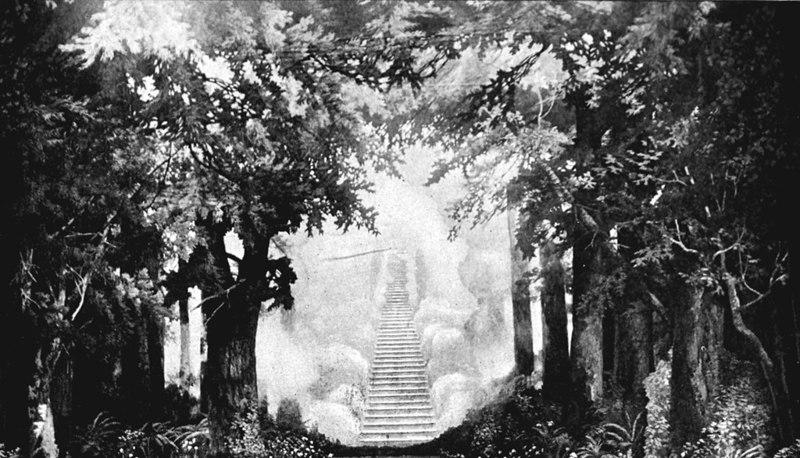Concetti Chiave
- William Wordsworth, born in 1770, spent most of his life in Cumberland and was educated at St John's College.
- His collaboration with Samuel Taylor Coleridge resulted in the "Lyrical Ballads," a cornerstone of English Romanticism.
- The "Preface" to the second edition of "Lyrical Ballads" serves as a manifesto for Romantic poetry, emphasizing the beauty of nature and ordinary life.
- Wordsworth's poetry often explores the deep connection and interaction between man and nature, highlighting emotions and sensations.
- He advocated for simplicity in poetic language, focusing on everyday life and rural people, contrasting with 18th-century poetic norms.
Vita e carriera di Wordsworth
William Wordsworth was born in 1770 in Cumberland where he spent most of his life. He was educated at St John’s College, and in 1790 he went on a walking tour of France where he hoped to lead the people to a new and just social order. The war between England and France caused him a nervous breakdown that he healed through his contact with nature which he rediscovered in Dorset, where he went to live with his sister. She supported his poetry, copied down his poems and recorded their life in her Journals. Wordsworth and Samuel Taylor Coleridge produced a collection of poems called Lyrical Ballads. The second edition also contained Wordsworth’s famous Preface, which was to become the Manifesto of English Romanticism. In following years Wordsworth wrote one of his best poems: the Prelude, a long autobiographical poem which was published only after his death. The last years of his life were marked by the decline of his creative powers, but he continued to write poems until his death in 1850.

Collaborazione con Coleridge
William Wordsworth belonged to the first generation of Romantic poets and while planning the Lyrical Ballads with Coleridge, he would write on the beauty of nature and ordinary things that interested the reader. Wordsworth didn’t want to follow the standard of 18th-century poetry. In the second edition of the Ballads he stated what the subject matter and the language of poetry should be: to deal with everyday situations or incidents and with ordinary people, especially rural people. Even the language should be simple and object called by their ordinary names.

Interazione tra uomo e natura
William Wordsworth is interested in the interaction between man and nature, especially the emotions and sensations which arise from this contact. One of the most consistent concepts in Wordsworth is the idea that man and nature are inseparable; man exists not outside the natural world but as an active participant in it.
Domande da interrogazione
- Qual è stato l'impatto della guerra tra Inghilterra e Francia su Wordsworth?
- Qual è il significato della Prefazione nella seconda edizione delle Lyrical Ballads?
- Come descrive Wordsworth il rapporto tra uomo e natura?
La guerra tra Inghilterra e Francia causò a Wordsworth un esaurimento nervoso, che riuscì a superare grazie al contatto con la natura, riscoperta in Dorset.
La Prefazione di Wordsworth nella seconda edizione delle Lyrical Ballads divenne il Manifesto del Romanticismo inglese, definendo il soggetto e il linguaggio della poesia come legati a situazioni quotidiane e persone ordinarie.
Wordsworth vede l'uomo e la natura come inseparabili, con l'uomo che esiste come partecipante attivo nel mondo naturale, e le emozioni e sensazioni che derivano da questo contatto sono centrali nella sua poesia.






 Accedi a tutti gli appunti
Accedi a tutti gli appunti
 Tutor AI: studia meglio e in meno tempo
Tutor AI: studia meglio e in meno tempo